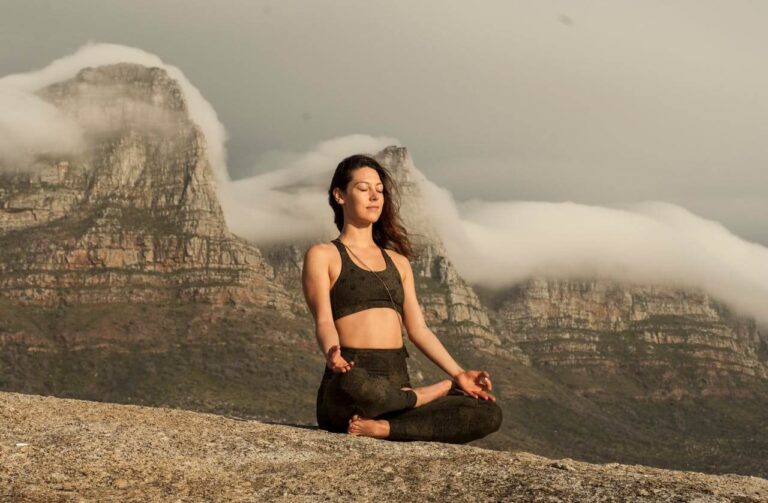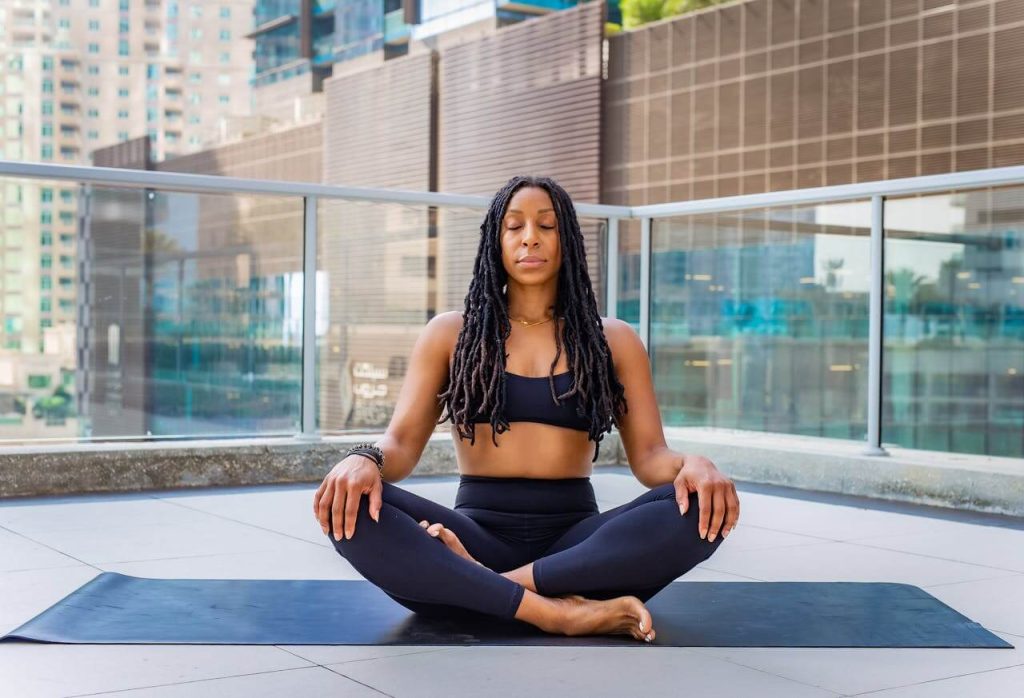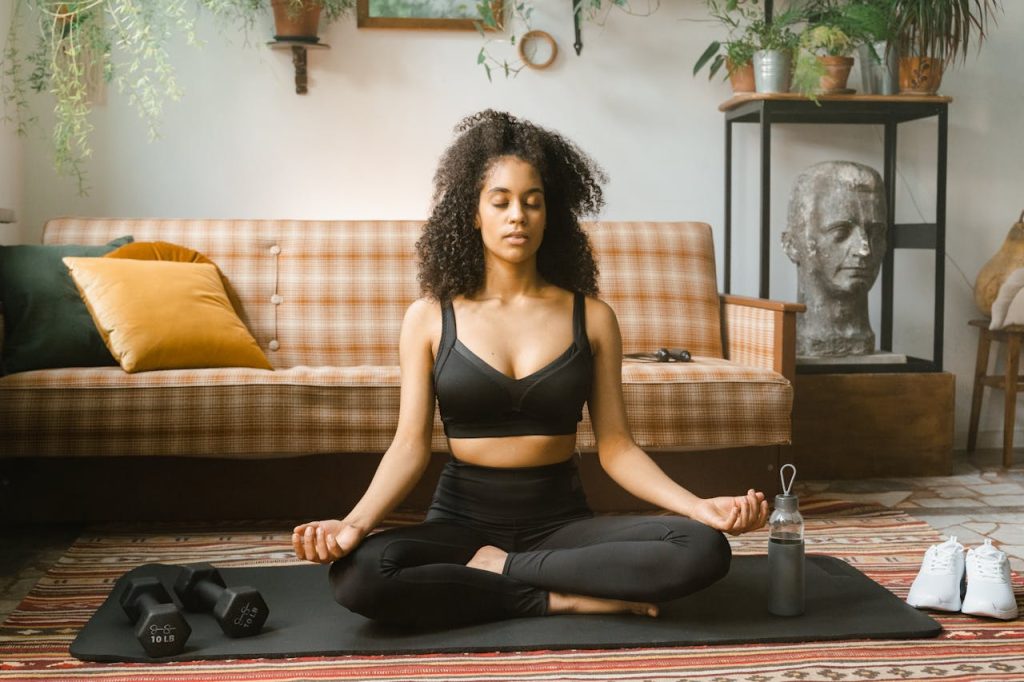Discover the art of self-meditating and transform your daily life. Learn practical techniques, benefits, and tips for effective solo meditation sessions.
Overview
Meditation has become a cornerstone of mental wellness, helping millions reduce stress, improve focus, and enhance emotional balance. In this blog post, readers will learn how to practice self-meditating effectively, understand its numerous benefits, and discover tips for creating a daily meditation routine. Whether you are a beginner or someone with experience in mindfulness practices, this guide will equip you with everything you need to cultivate inner peace independently.
By the end of this post, you will learn:
- What self-meditating means and why it’s important
- Step-by-step techniques for solo meditation
- How to overcome common challenges while self-meditating
- The mental, emotional, and physical benefits of self-meditating
- Tips to make self-meditating a consistent habit
What is self-medicating?
Self-meditating refers to the practice of engaging in meditation independently, without the guidance of an instructor or a structured class. Unlike group meditation or guided sessions, self-meditating requires focus, self-discipline, and an understanding of your mind’s patterns.
The beauty of self-meditating is that it allows you to:
- Set your own pace
- Tailor techniques to your unique needs
- Explore mindfulness deeply in a personal, reflective way
Self-meditation can include a variety of methods, such as breathwork, body scanning, visualization, and mantra repetition.

Why Practice Self-Meditating?
There are countless reasons to incorporate self-meditating into your daily routine:
1. Reduces Stress and Anxiety
Meditation helps calm the mind, lower cortisol levels, and reduce overall stress. By meditating regularly on your own, you can create a natural buffer against the pressures of modern life.
2. Enhances Focus and Productivity
Practicing mindfulness improves concentration, memory retention, and mental clarity. People who self-meditate often notice increased efficiency in both personal and professional tasks.
3. Promotes Emotional Balance
Self-meditating allows you to observe your thoughts without judgment, fostering emotional resilience and a sense of inner calm.
4. Supports Physical Health
Meditation can lower blood pressure, improve sleep quality, and even strengthen the immune system. The holistic benefits of self-meditating make it a powerful tool for overall wellness.
Step-by-Step Guide to Self-Meditating
Here’s how to get started with self-meditating:
Step 1: Create a Comfortable Space
- Choose a quiet environment free from distractions.
- Sit on a cushion or chair with your back straight.
- Dim the lights or light a candle if it helps you relax.
Step 2: Set Your Intention
Decide why you are meditating. Are you focusing on stress relief, emotional balance, or personal growth? Setting a clear intention can deepen your self-meditating experience.
Step 3: Focus on Your Breath
- Inhale slowly through your nose, counting to four.
- Hold for a brief moment
- Exhale slowly through your mouth, counting to six.
- Repeat for several minutes, bringing your attention back if your mind wanders.
Step 4: Observe Your Thoughts
Don’t try to suppress thoughts. Simply notice them and return to your breath. This practice strengthens mindfulness and self-awareness.
Step 5: Use Visualization or Mantras (Optional)
- Visualize a calm scene, like a forest or beach.
- Repeat a positive mantra such as “I am at peace” or “I am present.”
Step 6: Gradually End Your Session
Open your eyes slowly, take a few deep breaths, and gently stretch. Reflect on how you feel and carry the calmness into your day.
Common Challenges in Self-Meditating
Even experienced meditators face obstacles when self-meditating. Knowing these challenges can help you overcome them:
- Wandering Mind: It’s normal for thoughts to arise. Simply acknowledge them and return to your breath.
- Restlessness: If sitting still feels difficult, start with shorter sessions (5–10 minutes) and gradually increase the duration.
- Consistency: Building a habit requires commitment. Consider setting a daily reminder or meditation schedule.
- Impatience: Meditation is a practice, not a quick fix. Benefits develop over time.

Tips for Effective Self-Meditating
To enhance your self-meditating practice:
- Start Small: Begin with 5–10 minutes daily and gradually increase
- Consistency is Key: Meditate at the same time every day to create a routine.
- Keep a Journal: Record your thoughts, feelings, and insights after each session.
- Use Background Music or Nature Sounds: Gentle sounds can improve focus.
- Be Patient and Kind to Yourself: Meditation is a journey, not a destination.
Types of Meditation for Self-Meditating
Different techniques can be explored while self-meditating:
1. Mindfulness Meditation
Focus on your breath and present-moment sensations.
2. Guided Visualization
Create mental images of calm and peace to relax the mind.
3. Loving-Kindness Meditation
Cultivate compassion and positive feelings toward yourself and others.
4. Body Scan Meditation
Pay attention to sensations in each part of the body, releasing tension.
5. Mantra Meditation
Repeat a word, phrase, or sound to focus the mind and reduce distractions.
Benefits of Practicing Self-Meditation Regularly
Regular self-meditation offers multiple benefits, including:
- Mental Clarity: Improved decision-making and cognitive function
- Emotional Stability: Reduced anxiety, stress, and mood swings
- Enhanced Creativity: A clear mind fosters innovative thinking.
- Better Sleep: Meditation calms the nervous system for deeper rest.
- Spiritual Growth: Deeper self-awareness and inner peace
Final Thought
Self-meditating is a powerful practice that empowers you to take charge of your mental, emotional, and physical well-being. By dedicating even a few minutes daily, you can experience profound changes in clarity, focus, and overall life satisfaction. Remember, the key to successful self-meditation is patience, consistency, and compassion for yourself.
Whether you are a beginner or experienced meditator, this guide provides everything you need to start or deepen your solo meditation journey. Begin today, embrace mindfulness, and watch your life transform one breath at a time.

